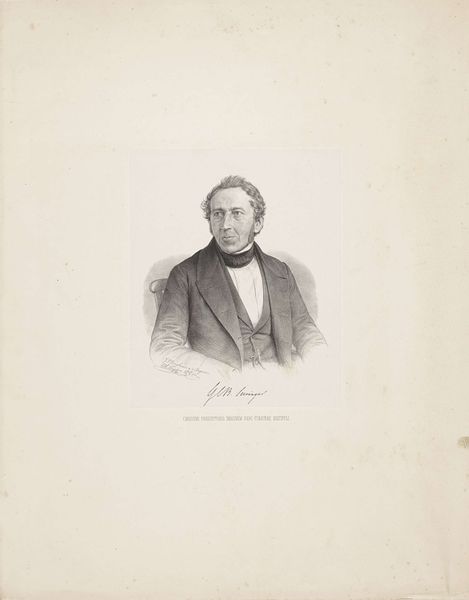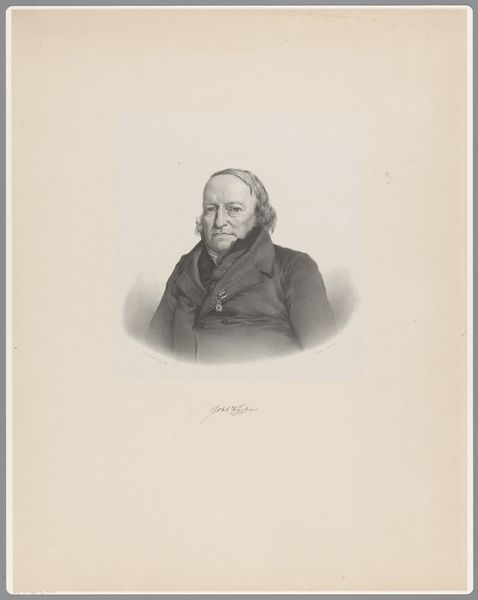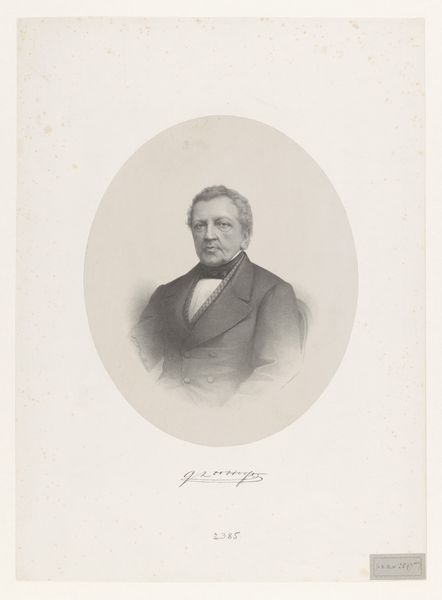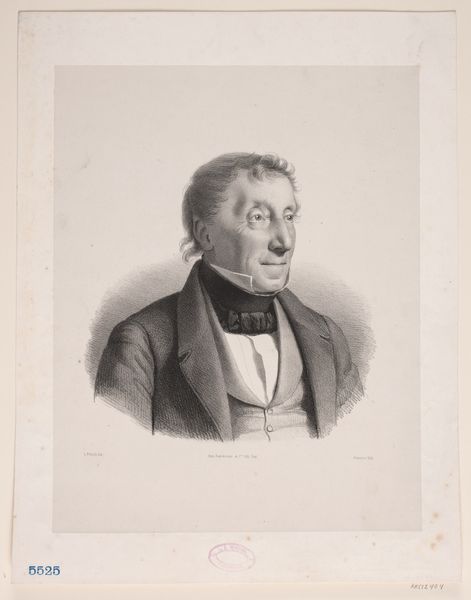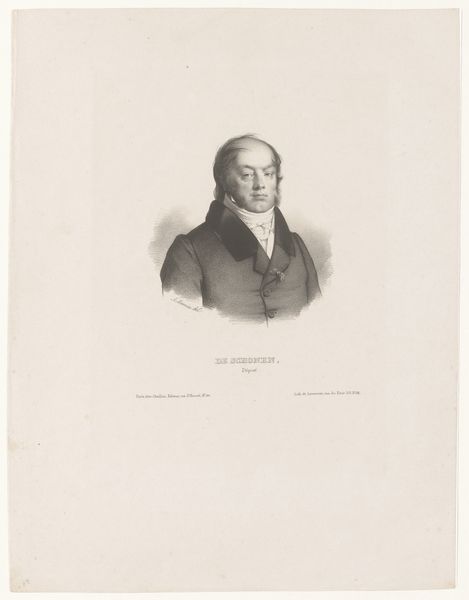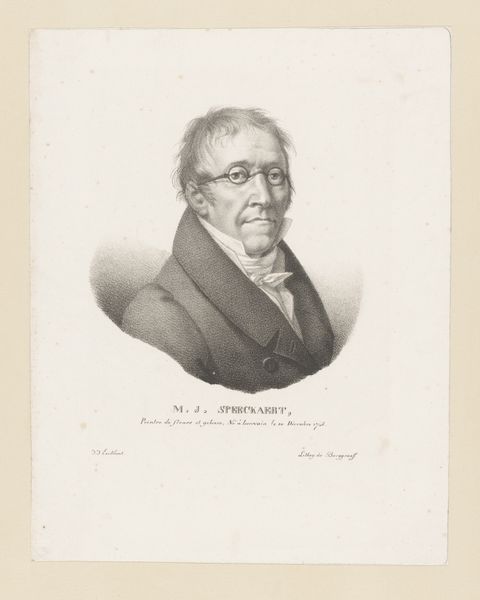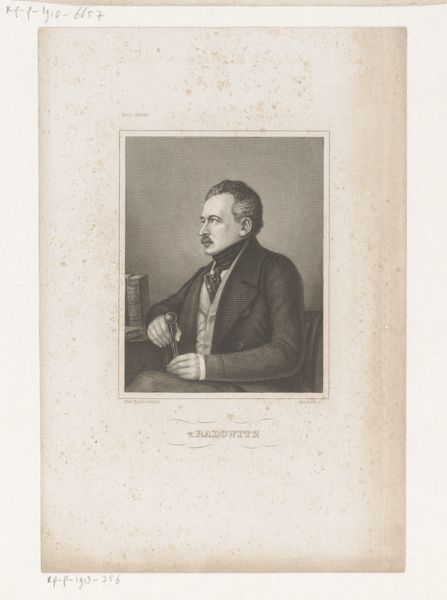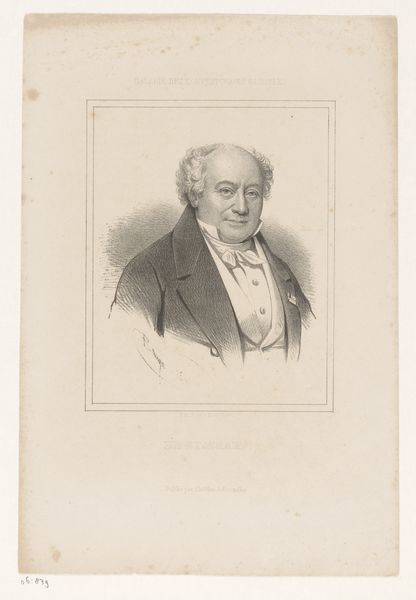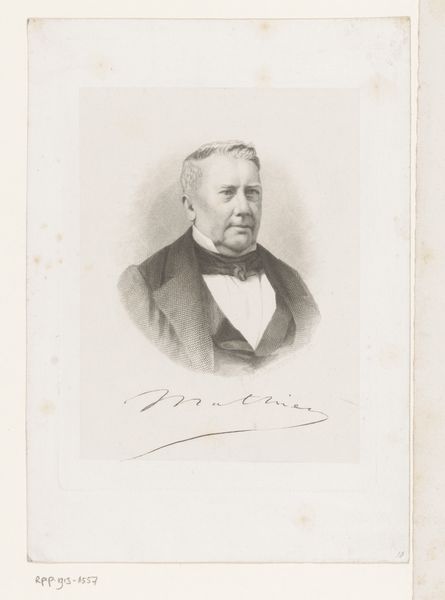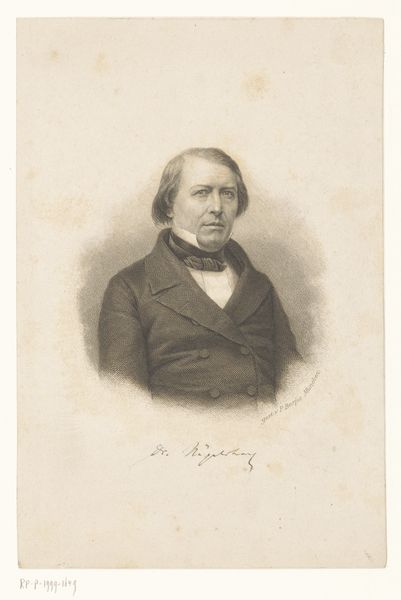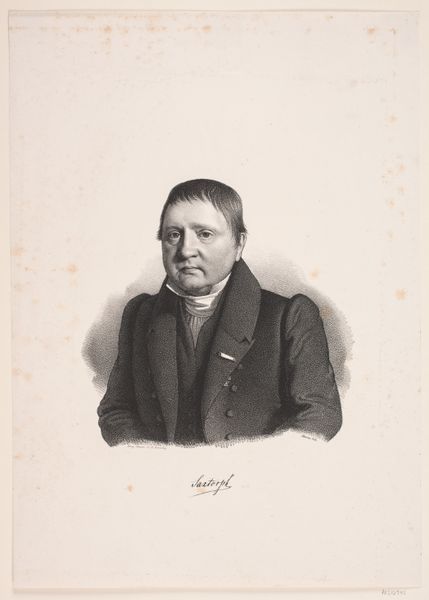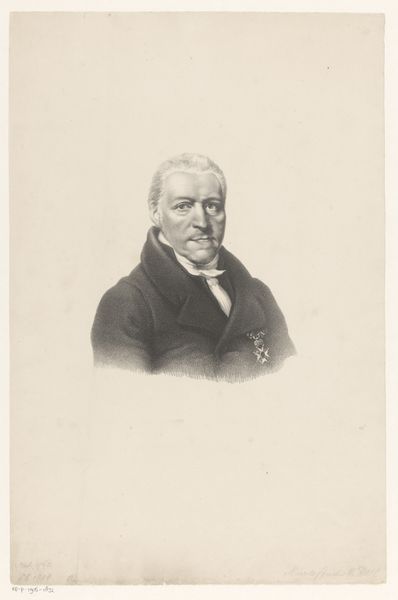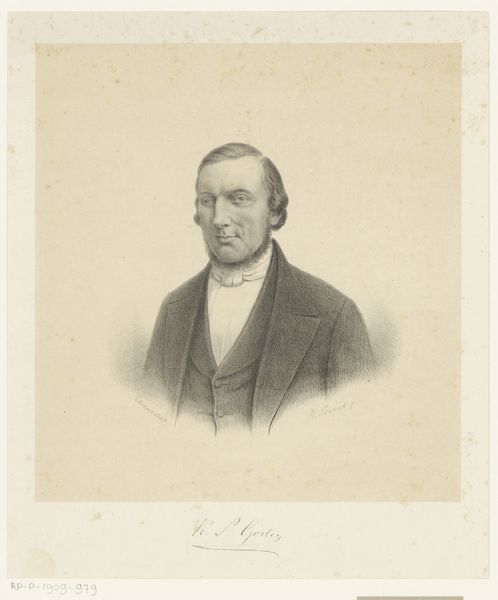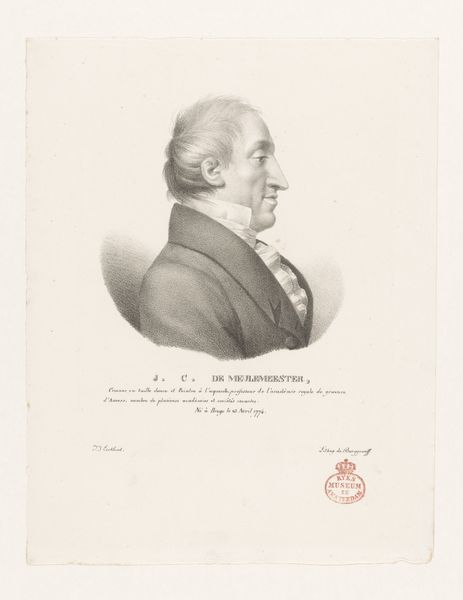
lithograph, print
#
portrait
#
16_19th-century
#
lithograph
# print
#
realism
Dimensions: 358 mm (height) x 278 mm (width) (bladmaal)
Editor: This is a lithograph simply titled "E. C. Tryde" from the 1840s. I'm struck by the realism of the portrait and the detail achieved with this medium. What aspects of this work grab your attention? Curator: As a materialist, I’m drawn to the process of lithography itself in the 1840s. Consider the labour involved – the specific type of stone needed, the careful grinding and preparation, the skill required to transfer the image. And how would the proliferation of prints like these affect the production and consumption of images at the time? Were such lithographs meant for mass dissemination or catered to a more niche segment of society? Editor: That’s interesting. So you see the value not just in the final image, but also in how it was made and distributed? I hadn't really thought about that. Curator: Exactly. The ‘means of production’ if you will. It forces us to consider the economic and social context, doesn't it? Who had access to this image? What statement does its existence make about class and consumerism? Notice, also, the realism. Was this realism intended as an accurate depiction, or was it imbued with the political intentions to mirror certain rising bourgeois ideals, for instance? Editor: I see. It’s more than just a portrait; it’s about the entire system of image production and consumption. It seems that everyday people gaining access to portraits or portrait-like images, previously exclusive to the wealthy elite, makes lithography quite the game-changer in those days. Curator: Precisely. And by thinking about those material realities, we begin to challenge these established values and perhaps destabilize some long-held assumptions about who and what truly matters in the art world. I now feel I've gained a lot of understanding in lithographic methods by diving deep into the making of "E.C. Tryde". Editor: Absolutely. Considering the socio-economic elements that factored in the emergence of this particular kind of art has given me some new, thought-provoking, angles to consider going forward!
Comments
No comments
Be the first to comment and join the conversation on the ultimate creative platform.
